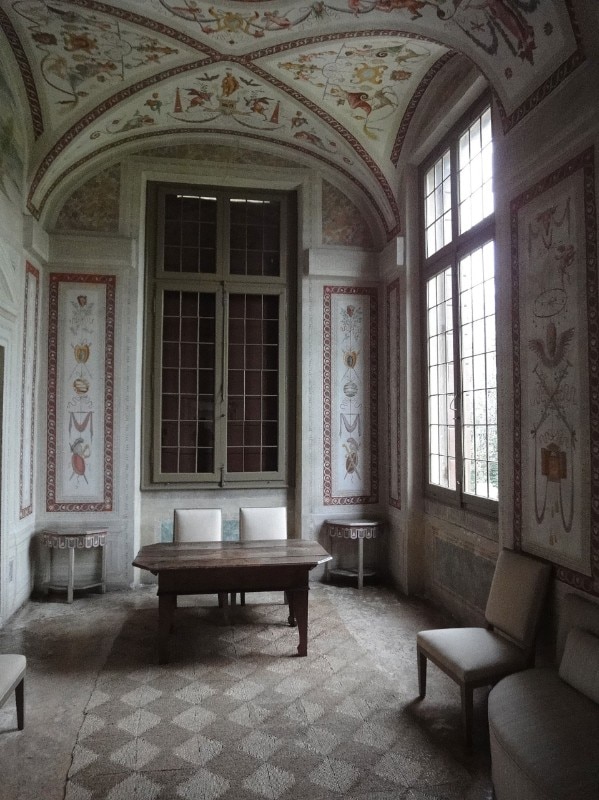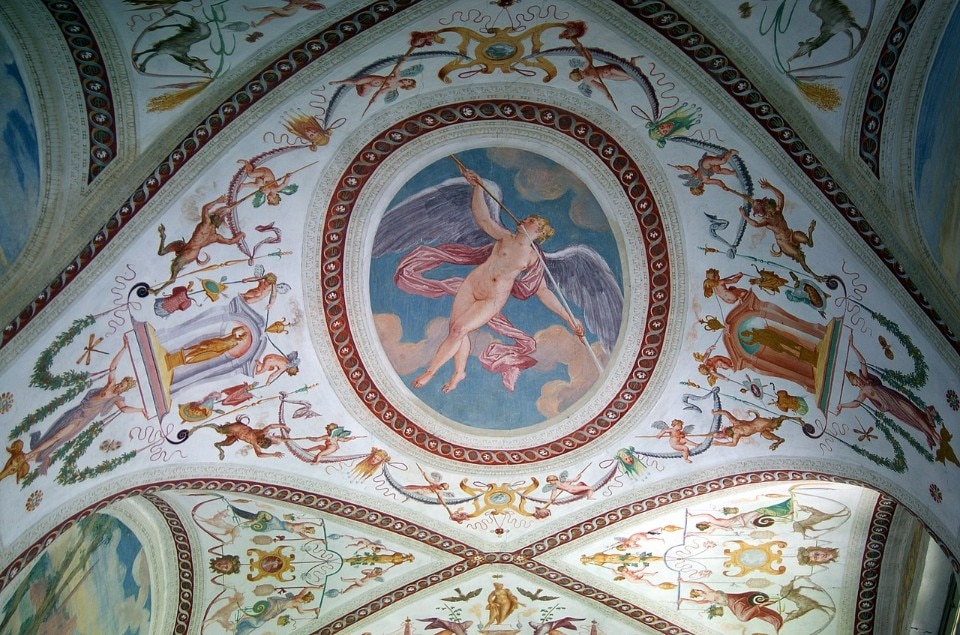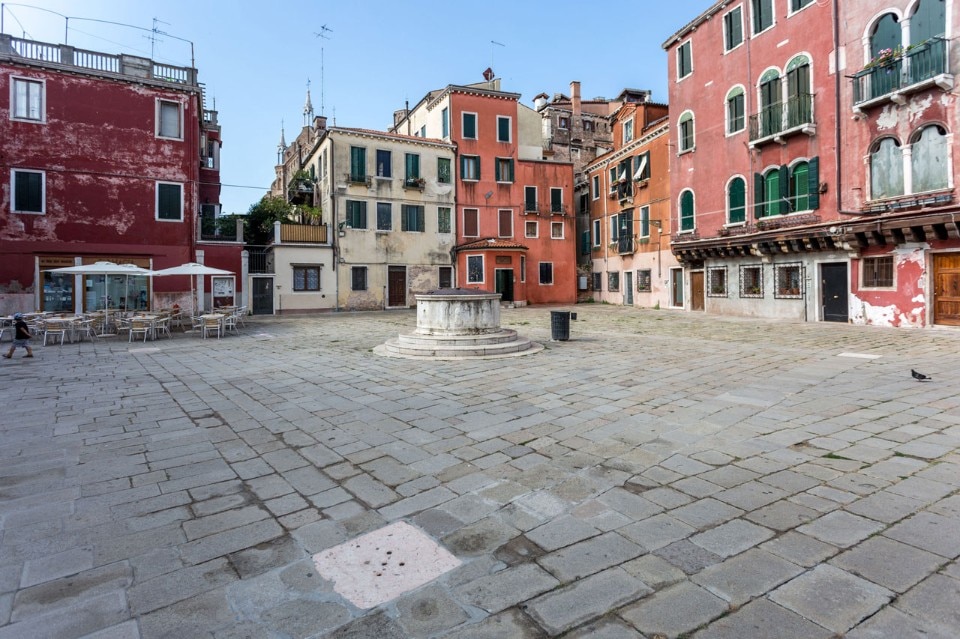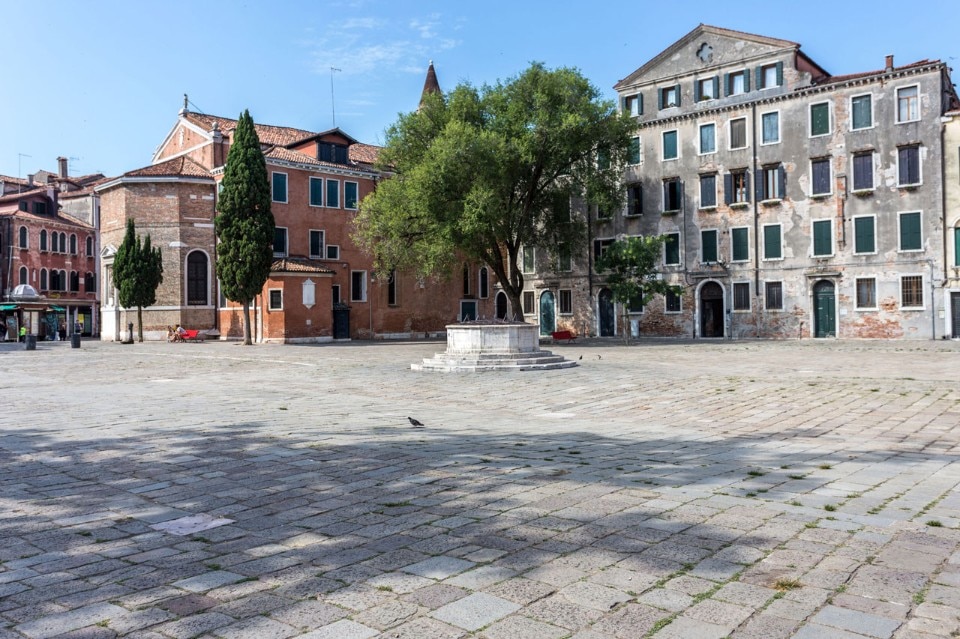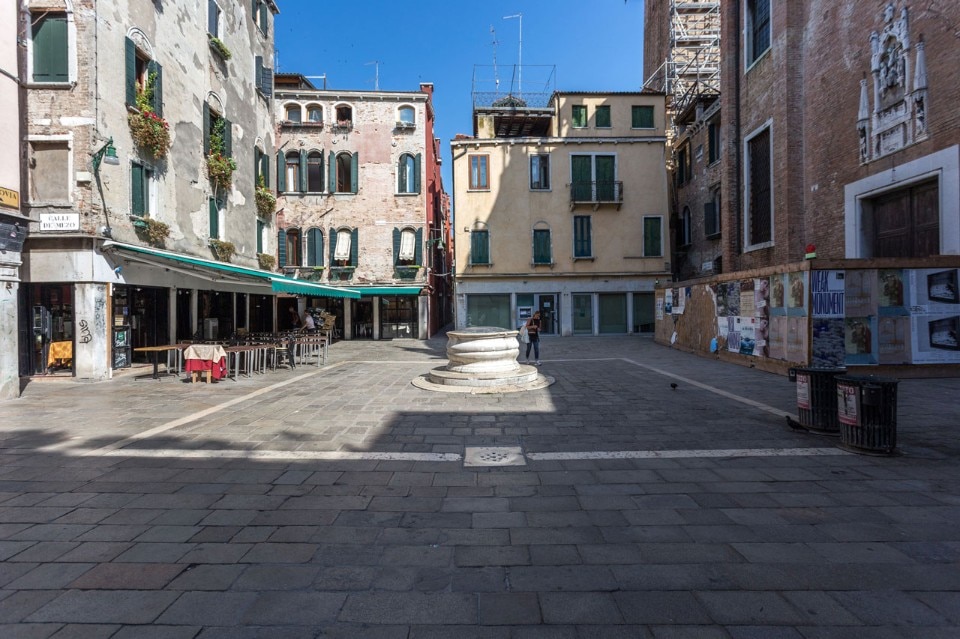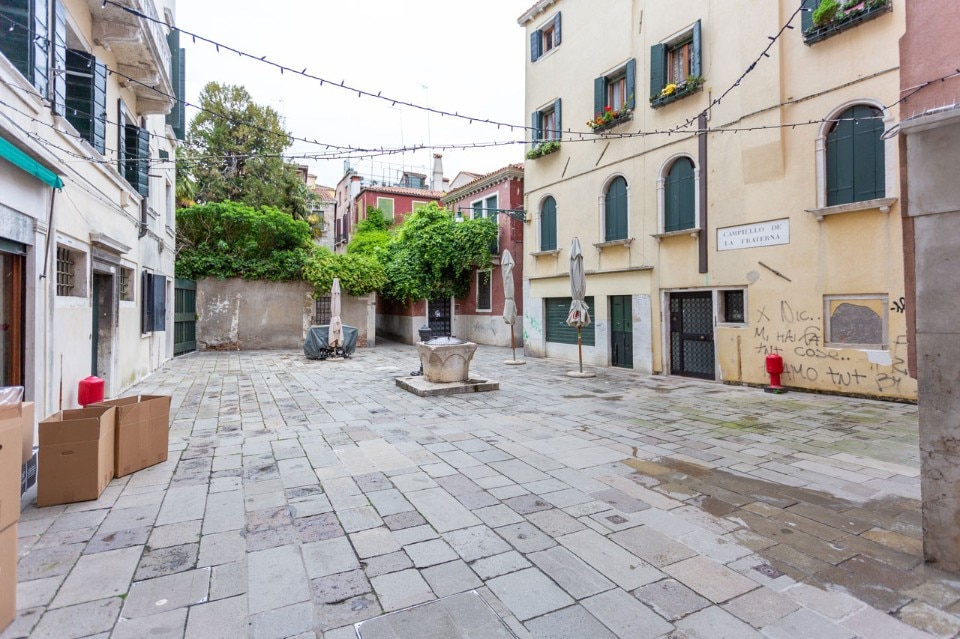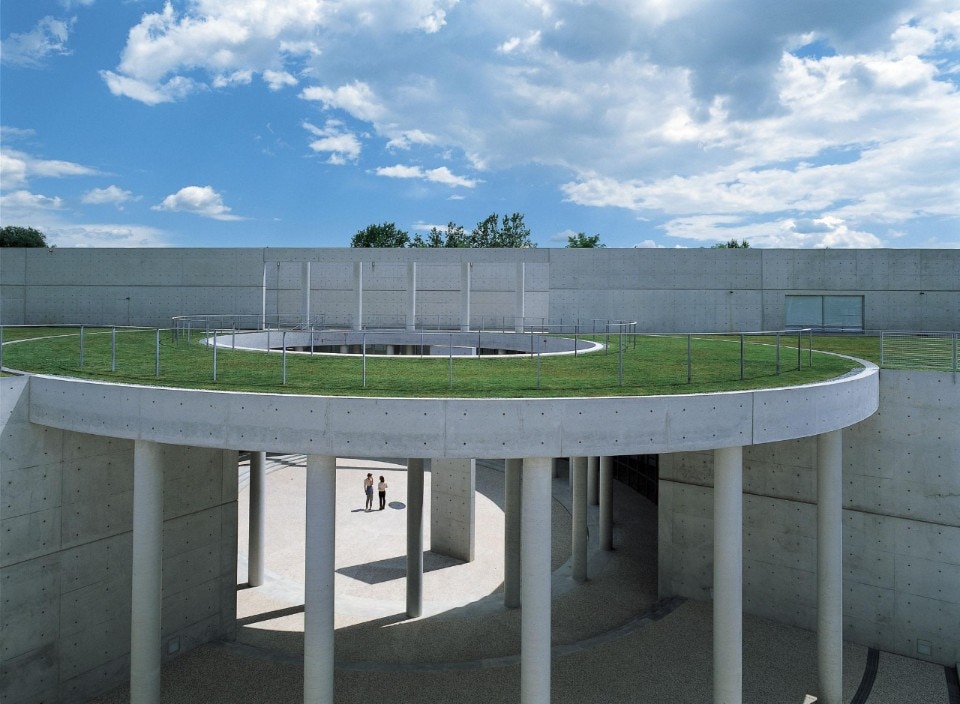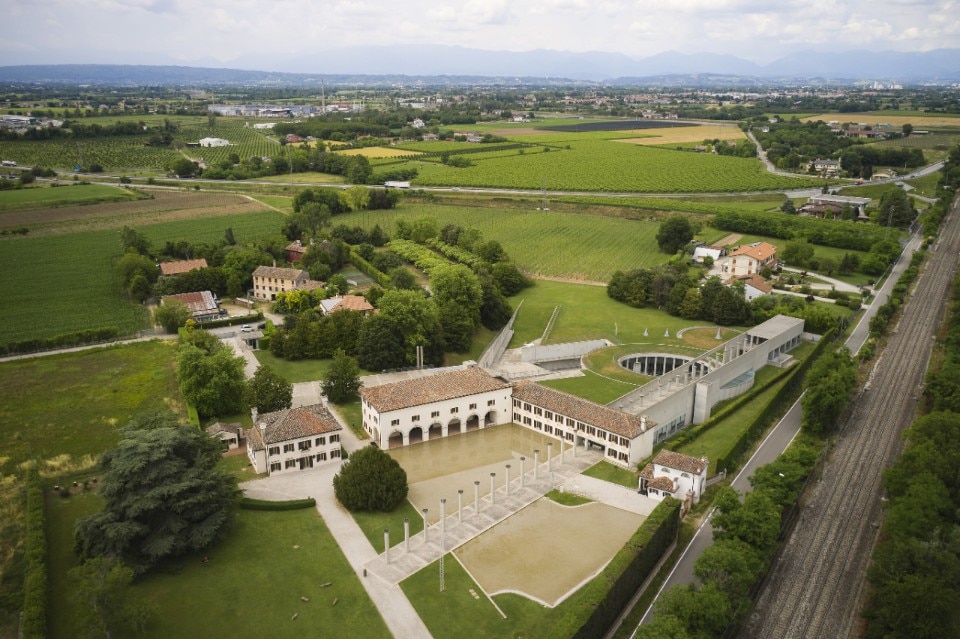by Gerardo Semprebon
Disclosing Venice through its places is probably as complex an operation as telling its very story. The mainland populations seeking refuge on the lagoon islands in the 5th century, following the various waves of barbarian invasions, would in fact start one of the most peculiar and fascinating urban histories. Indeed, as one of the main gateways to the Byzantine East and the Silk Road, Venice developed under the influence of profound cultural contamination, reflecting in the development of a unique architectural language: in Venice, the Istrian stone foundations of the buildings rest on totally artificial soils made of wooden poles and mud, and all growth is meant to be vertical.
But Venice is also a nostalgic city. The collapse of the San Marco bell tower in 1902 was so much an unbearable trauma for the community, that it led the authorities to rebuild the tower “as it was, where it was”. This episode is significant for understanding the transformations that have occurred and those that have remained on paper, revealing a surprising attachment of the city to its inner identity, expressed both in its iconic and immaterial forms.
From the buildings by Andrea Palladio to the interiors by Carlo Scarpa, from the “operating urban history” that studied the city’s built morphology to all the insular episodes, from a bookshop to an airport, what is it, today, that makes Venice, Venice? Alongside the specific weight of the historical heritage, it cannot be denied that Venice has also been a “laboratory of the future” in more recent years, which has seen the contribution of important figures from Italian and international architectural culture, such as the interventions by Gino Valle, Vittorio Gregotti and Cino Zucchi at the Giudecca, by Aldo Rossi at the Teatro La Fenice, by Michele De Lucchi for the Nuova Manica Lunga of the Cini Foundation, by Tadao Ando at Palazzo Grassi and Punta della Dogana, by Rem Koolhaas at the Fondaco dei Tedeschi, and Santiago Calatrava for the Ponte della Costituzione, or the recent work by David Chipperfield at the Procuratie in Piazza San Marco.
A guide through the symbolic places of Venice –which we also chose to extend to its mainland and to some fundamental places worth a (short) trip – can only and undoubtedly be incomplete, pretentious, and probably misleading, in literal terms as it will surely lead us astray. How many involuntary detours have taken us away from our Venetian destinations? And yet, how many serendipitous discoveries or revelations? This is why, in this guide, many of the architectures we have just mentioned will not be found; this is why others will appear, channeling the quintessential spirit of the city through the centuries to the present; and this is why, toward the end of this hyper-partial tour, the selection will not come across one specific place, but a pervasive and ubiquitous feature of the campi, of those very spaces that make Venice, Venice.
Domus Grimani
RugagiuffaDomus Grimani is the restoration project of the most significant spaces inside the homonymous building, the residence of a highly influential family in the history of Venice. The reopening in 2021 was based on repositioning a number of statues in bronze and marble, 87 out of more than 130, in the original place where they were supposed to be. Among them are the group placed in the restored Sala del Doge stands out, and the spectacular Ganymede abducted by the eagle, a masterpiece floating in the Tribuna illuminated by zenithal light. The building has been defined as a precious rarity for Venice in reason of its architectural layout and decorations.
Querini Stampalia Foundation and Olivetti Store
Carlo Scarpa | Campo Santa Maria Formosa | Piazza San Marco
 View gallery
View gallery
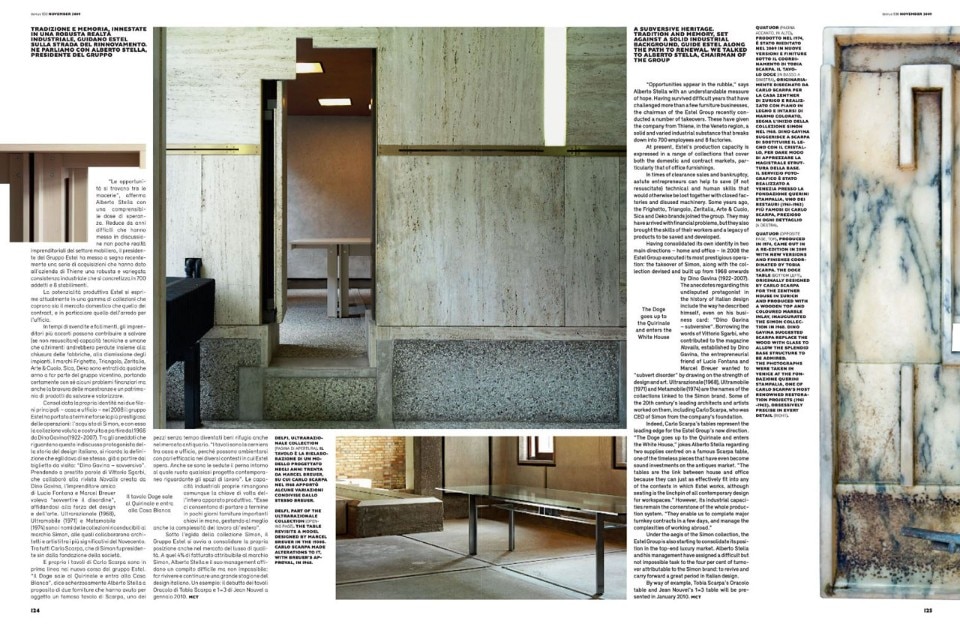
Querini Stampalia Foundation and Olivetti store on Domus pages
Querini Stampalia Foundation
Domus 930, November 2009
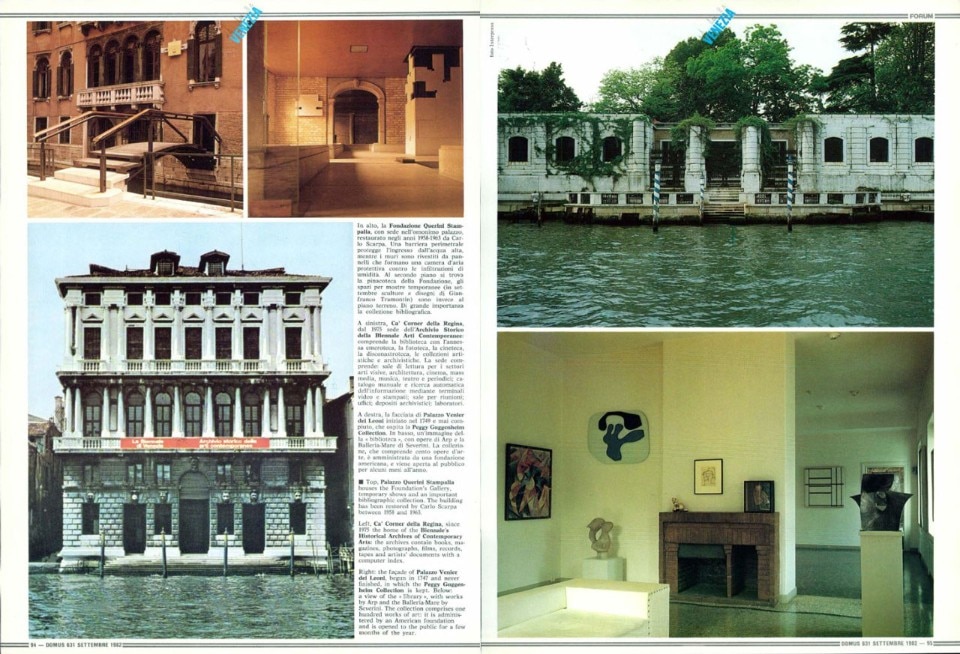
Querini Stampalia Foundation and Olivetti store on Domus pages
Querini Stampalia Foundation
Domus 631, September 1982
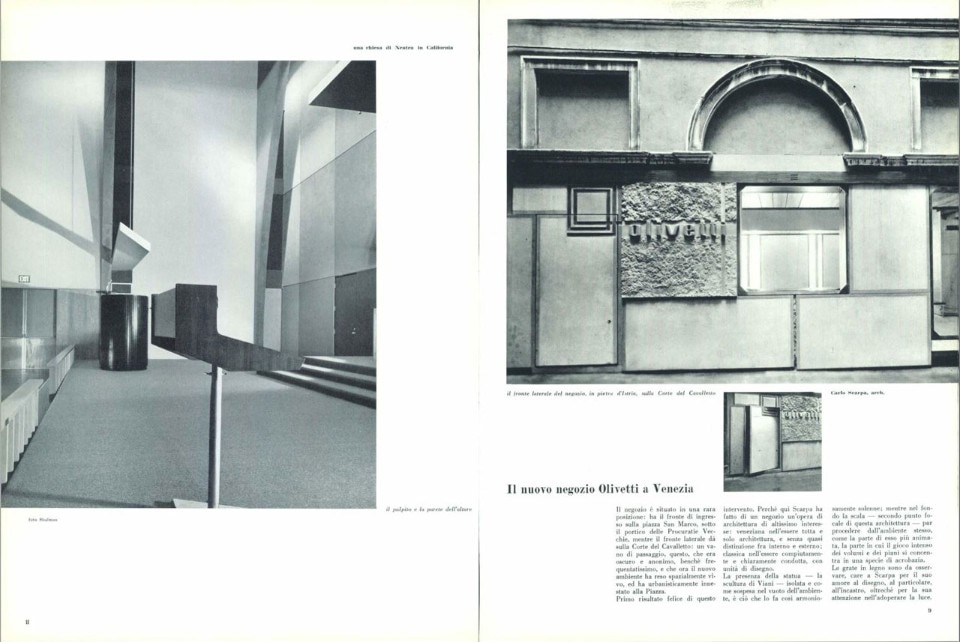
Querini Stampalia Foundation and Olivetti store on Domus pages
Olivetti Shop
Domus 362, January 1960
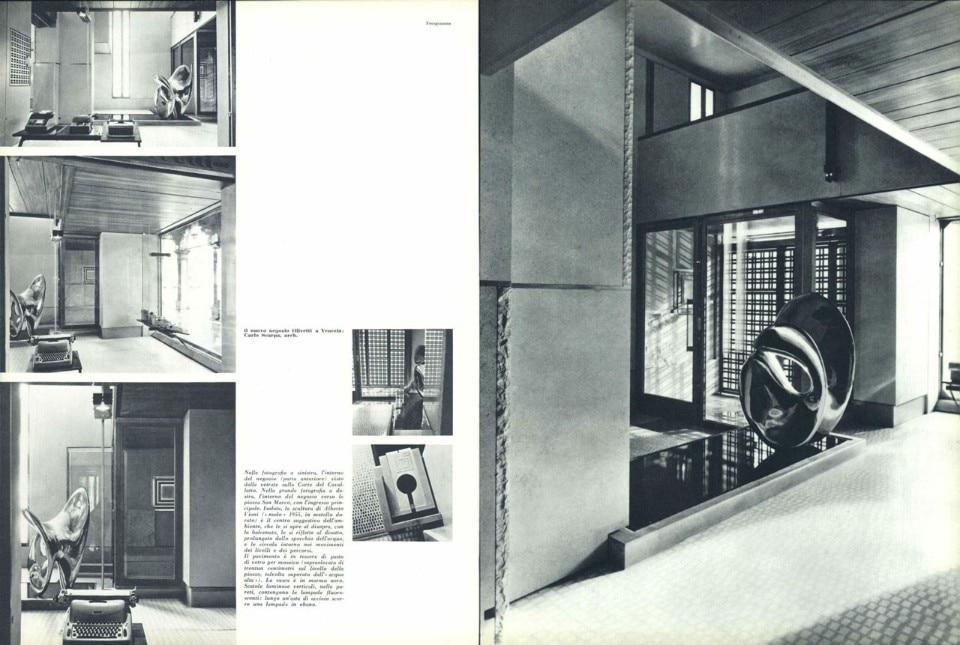
Querini Stampalia Foundation and Olivetti store on Domus pages
Olivetti Shop
Domus 362, January 1960
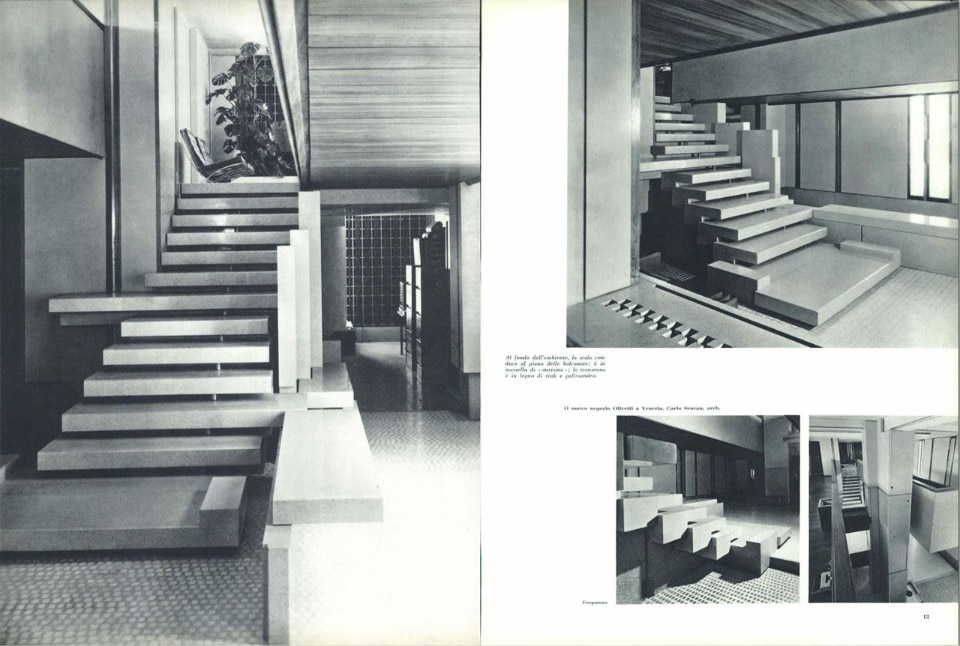
Querini Stampalia Foundation and Olivetti store on Domus pages
Olivetti Shop
Domus 362, January 1960
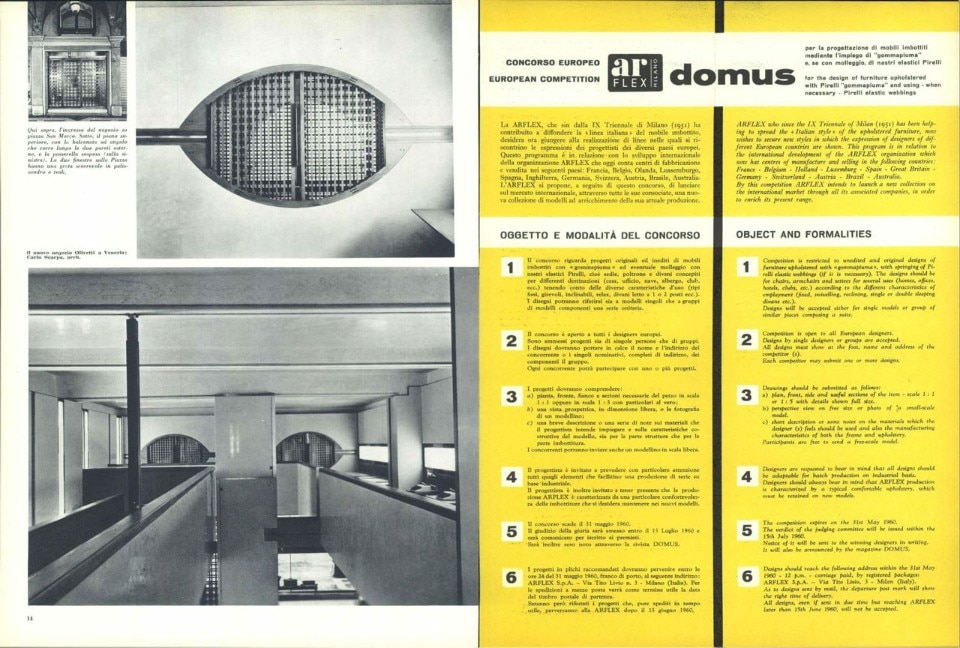
Querini Stampalia Foundation and Olivetti store on Domus pages
Olivetti Shop
Domus 362, January 1960
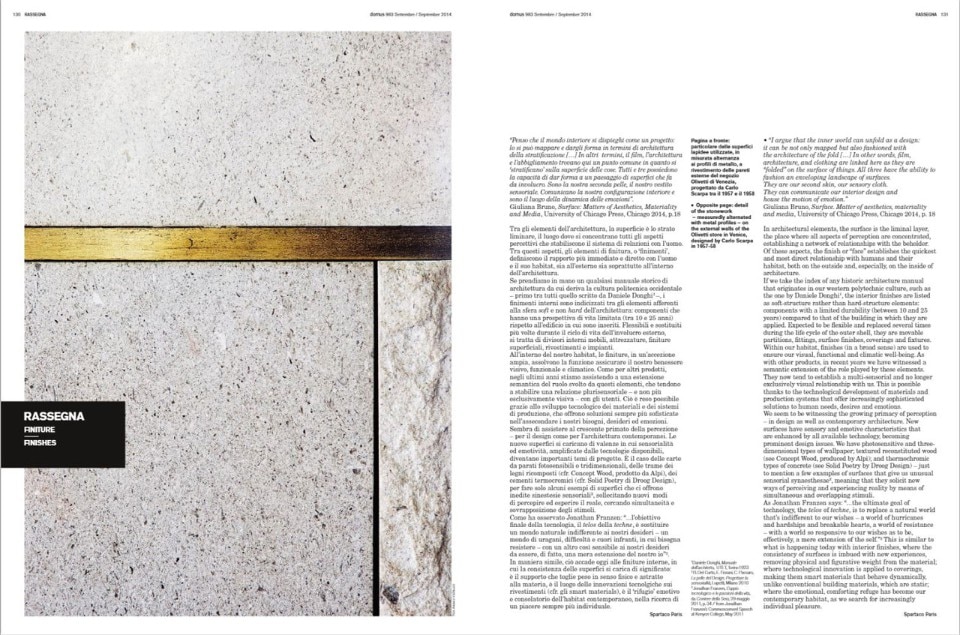
Querini Stampalia Foundation and Olivetti store on Domus pages
Olivetti Shop
Domus 983, September 2014

Querini Stampalia Foundation and Olivetti store on Domus pages
Querini Stampalia Foundation
Domus 930, November 2009

Querini Stampalia Foundation and Olivetti store on Domus pages
Querini Stampalia Foundation
Domus 631, September 1982

Querini Stampalia Foundation and Olivetti store on Domus pages
Olivetti Shop
Domus 362, January 1960

Querini Stampalia Foundation and Olivetti store on Domus pages
Olivetti Shop
Domus 362, January 1960

Querini Stampalia Foundation and Olivetti store on Domus pages
Olivetti Shop
Domus 362, January 1960

Querini Stampalia Foundation and Olivetti store on Domus pages
Olivetti Shop
Domus 362, January 1960

Querini Stampalia Foundation and Olivetti store on Domus pages
Olivetti Shop
Domus 983, September 2014
These two projects are among the most famous by Carlo Scarpa in Venice. The definition of constructive details, and their consequent realization, qualifies every centimeter of these works. Like a narration with seemingly no beginning or ending, an integrated part of Venetian history, the experience of these architectures unravels from one detail solution to another, building step by step a discourse that always makes sense, regardless of the space that precedes or follows the one where one is standing.
Church of Santa Maria dei Miracoli
Pietro Lombardo | Campiello dei Miracoli.jpeg)
 View gallery
View gallery
One of the few buildings with four open sides, the Church of Santa Maria dei Miracoli is a grand introduction to Renaissance in Venice. It is located in the sestiere (neighborhood) of Cannaregio, in Campo dei Miracoli, a few steps from mainstream itineraries. From the outside, Pietro Lombardo’s masterpiece shows all the harmony and balance of Renaissance architecture, while inside, it is configured as a large hall twelve meters wide, covered by a barrel vault. Pillars, capitals, arches, pulpits, floors, geometric and zoomorphic motifs chase each other in this extremely refined treasure chest, where marble, in its various qualities and finishings, characterizes the space.
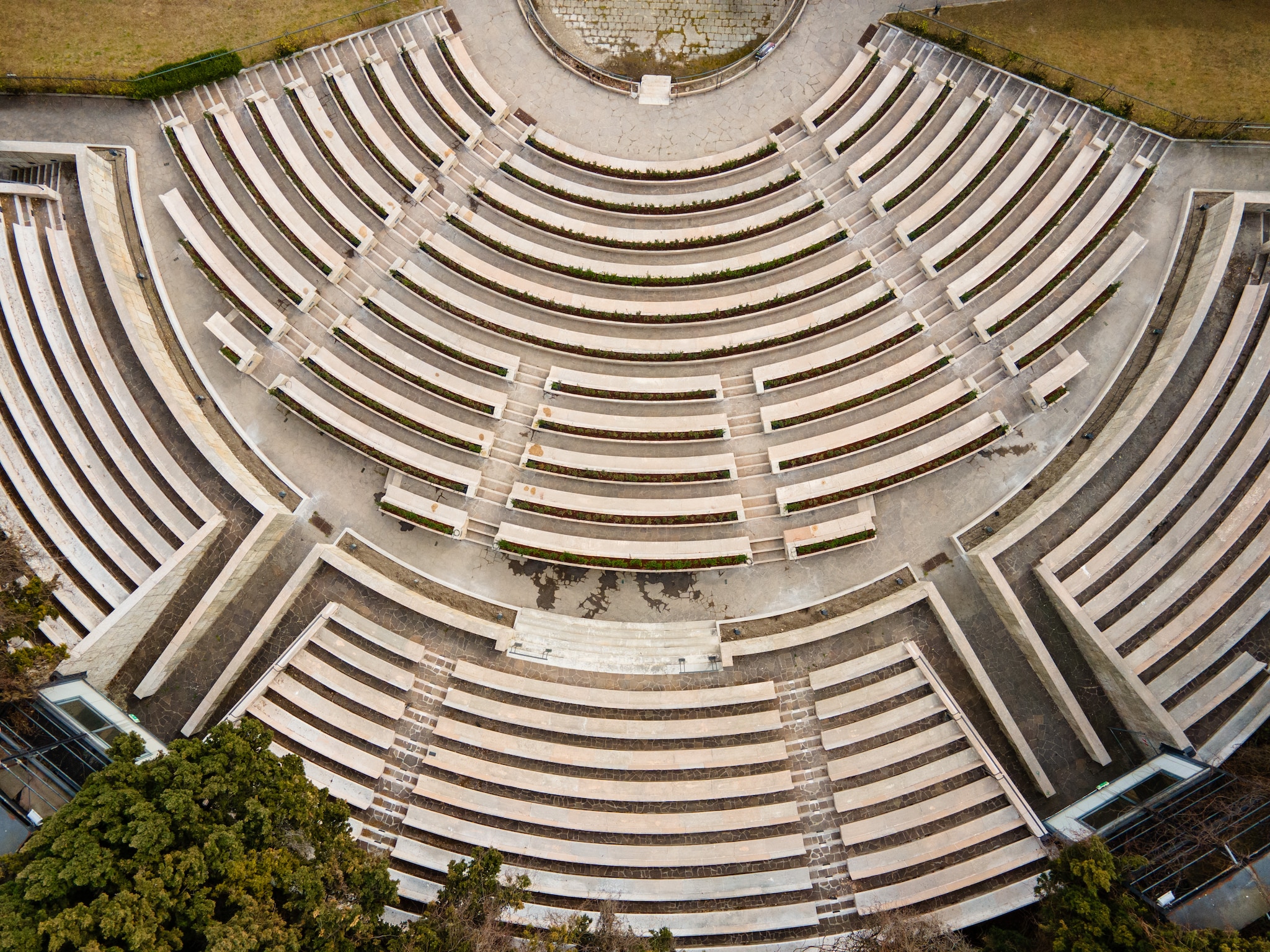
 View gallery
View gallery
The restoration, supervised by the Cini Foundation and completed in 2022, has returned to the island of San Giorgio Maggiore its open-air theater, designed by Luigi Vietti and Angelo Scattolin in 1954. The theatre, which since 2016 has been included in the list of FAI "luoghi del cuore", proposes the Greek scheme but introduces vegetation as a complementary element to define space. Trees and bushes appear suspended between the desire to create a green backdrop and the idea of letting the glow of the lagoon enter the representation. In the 1950s, Katharine Hepburn called this 1500-seat theater the most beautiful in the world.
Libreria Acqua Alta
Calle Longa Santa Maria Formosa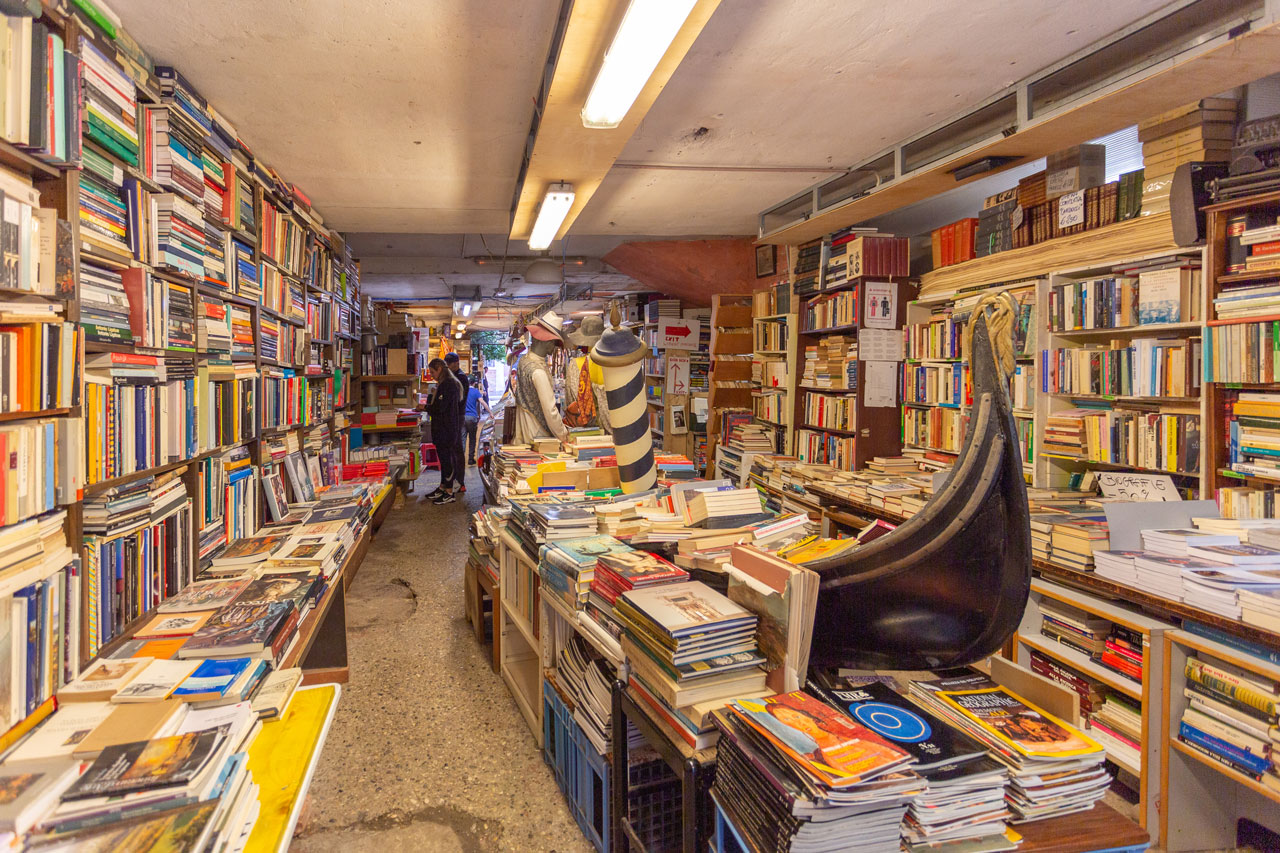
 View gallery
View gallery
The list of the ten most beautiful bookshops drawn up by BCC is also mentioning one in Calle Longa Santa Maria Formosa, where books are displayed on, and in, boats of all kinds, from gondolas to canoes. Indeed, when the tide rises, the volumes float on the water inside the shop. Characteristics features are the staircase made of books, from which you can enjoy a suggestive view, and the two ancient chairs overlooking the canal. In the absence of a digital catalog, the friendly owner Luigi Frizzo will guide customers to their desired reading.
San Michele Cemetery
Extension project by David Chipperfield | Isola di S. Michele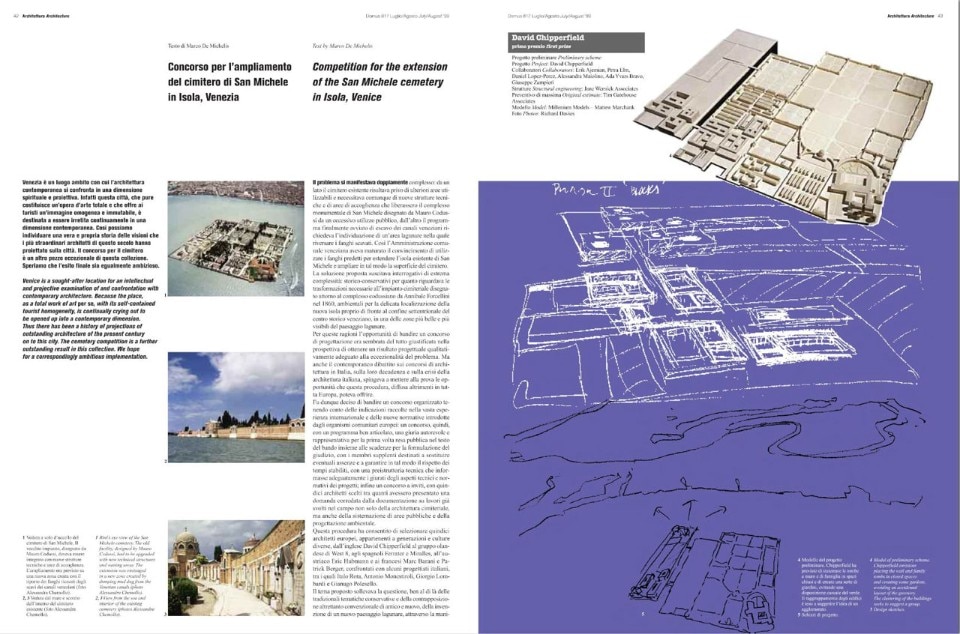
After winning a competition in 1998, David Chipperfield designed the extension of the main cemetery of Venice on the island of San Michele. The Court of the Four Evangelists is the part completed to date and consists of a cluster of introverted courtyards, made permeable in some specific points. This architecture reinterprets the civil sense of spaces for the deceased, characterized by clear-cut geometries and local materials, such as external cladding made of Istrian and basaltic stone. The colonnades along the courtyards are instead characterized by exposed dark gray concrete. The extension of the cemetery is marked by various phases that are part of a clear and flexible design strategy, whose progress will see the light in the years to come.
Casa alle zattere
Ignazio Gardella | Fondamenta allo Spirito Santo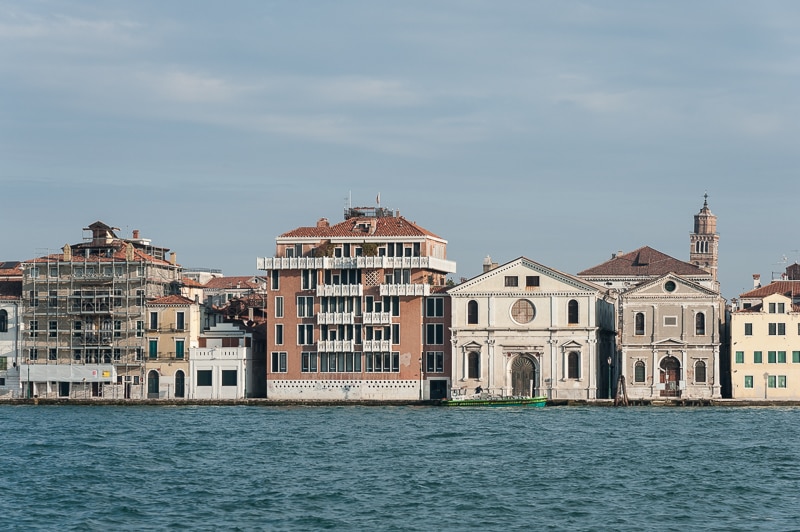
 View gallery
View gallery
On the Giudecca canal, at the corner of Calle Zucchero, stands the Condominio Cicogna by Ignazio Gardella, better known as Casa alle Zattere. It is one of the buildings that, during the historic centers reconstruction era in postwar years, alimented the heated debate on the relationship between modernity and tradition, authorship and context. It contributed to shaping a key moment in the maturation of a new awareness in European architecture. This building assimilates and re-proposes with slight but significant variations the system of measurements and proportions of the surrounding urban front on the Fondamenta delle Zattere.
Villa Foscari, known as the Malcontenta
Andrea Palladio | Via dei Turisti, Mira.jpeg)
 View gallery
View gallery
Among the works by Andrea Palladio in Venice, Villa Malcontenta stands out as the witness to an important stage within the theoretical and professional career of the most famous interpreter of Venetian Renaissance. All the main principles of his architecture appear here, from the relationship between nature and culture, to the specific functional organization dedicated to country residences, including the productive role they play on agricultural estates, to the theory of proportions between the various constructive and decorative elements, up to the theme of monumentality, expressed without resorting to excessively expensive materials and techniques.
Hotel des Bains
Garden design by Pietro Porcinai | Lungomare Guglielmo Marconi
On July 5,1900, at 7 pm, the Hotel des Bains on the Lido was inaugurated. The building was a liberty jewel expressing the architecture of Venetian Belle Époque, equipped with unprecedented amenities for that time, such as electric lighting, telephones, lifts, private bathrooms, drinking water, refrigerators and iceboxes. In the original intentions, there was also the idea of directly linking the hotel with Venice through a tunnel underneath the lagoon which was supposed to connect pedestrians, trams, vehicles, and pneumatic mail. The Florence-based landscape architect Pietro Porcinai contributed to the garden design for the hotel, especially the swimming pool area. Over the years, the hotel has faced moments of glory – appearing in Thomas Mann’s masterpiece Death in Venice, translated in the movie by Luchino Visconti – but also tragic situations, such as the German occupation during the Second World War, or the great flood of 1966. Today the hotel is under the media spotlight due to the rescue and development plans proposed by local and international investors.
The cisterns of Venice
Everywhere in venice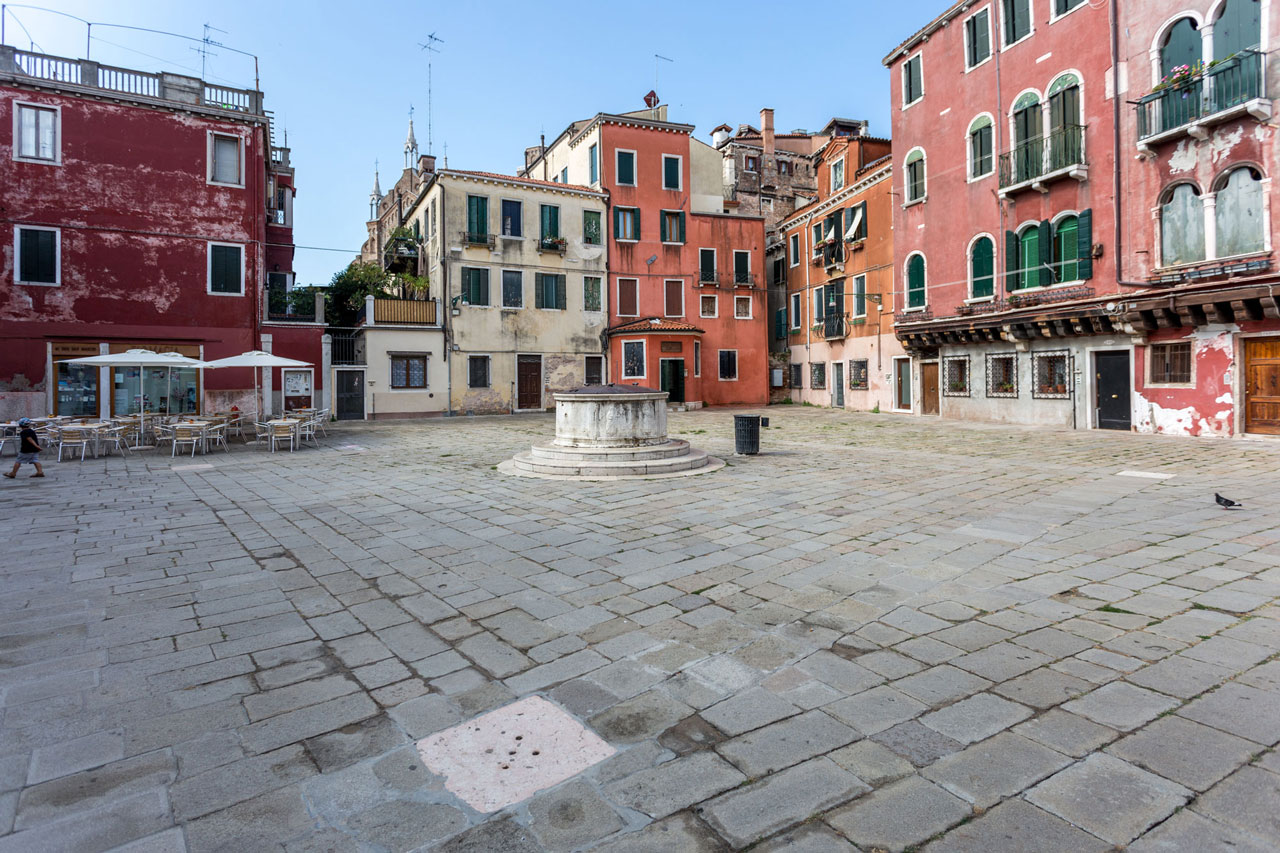
 View gallery
View gallery
Not only high water but also drinking water has always been an issue for the Venetians, forcing them to develop complex methods to collect it and use it. The cisterns puncutating the campi (Venice’s urban squares) are the engineering answer to such problem. Today there are over 7.000 cisterns, of which only about 140 are public; the others are kept in private courtyards or exploit specific downpipes. In his Venetia, città nobilissima, et singolare: descritta in XIII. Libri, Francesco Sansovino wrote that every church in Venice has a square, and in the square stands a public cistern. If one could put all the squares of Venice together, a second big city could be built on that surface.
Venice-Lido airport “Giovanni Nicelli”
Felice Santabarbara, Mario Emmer, interni di Giovanni Nei Pasinetti | Via R. Morandi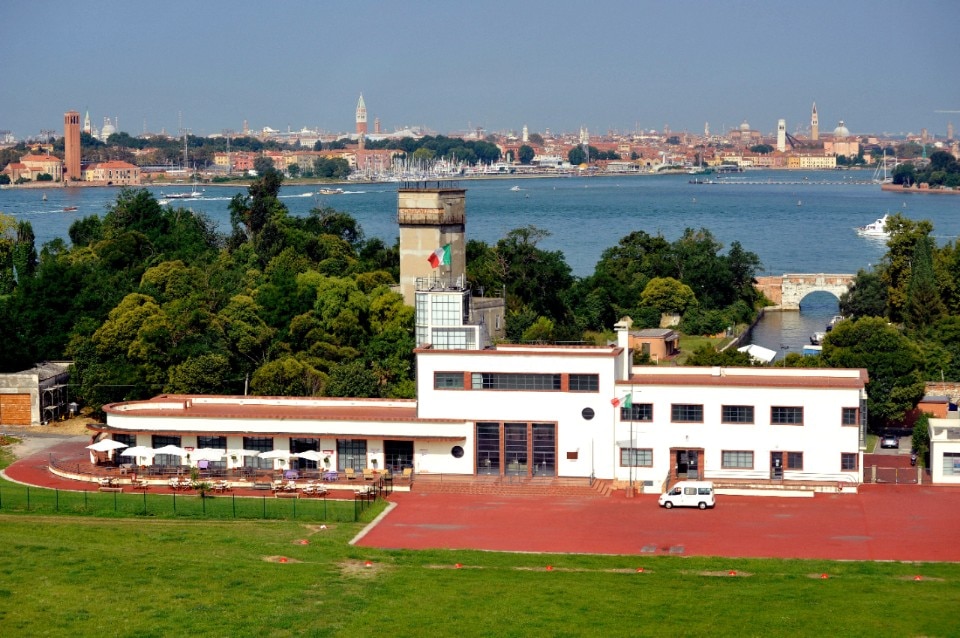
With a grass landing strip about one kilometer long, a helipad and a small terminal, this rationalist masterpiece ranks third in BBC’s list of the most beautiful airports in the world, preceded only by those of Montevideo and Hong Kong. It was 1935 when this first civil airport in Italy was completed on the project by engineer Colonel Felice Santabarbara and architect Mario Emmer, with interiors designed by Giovanni Nei Pasinetti. In the aftermath of the Second World War, the fast development of aeronautical industry and connected infrastructures placed the Nicelli on the path to a slow decline, serving only as a house to the local Aeroclub. Following a renovation process in 2007, the historic terminal has attracted the interest of institutions and investors to combine the regular flight activity with spaces dedicated to customers owning private jets and to the display of exhibitions.
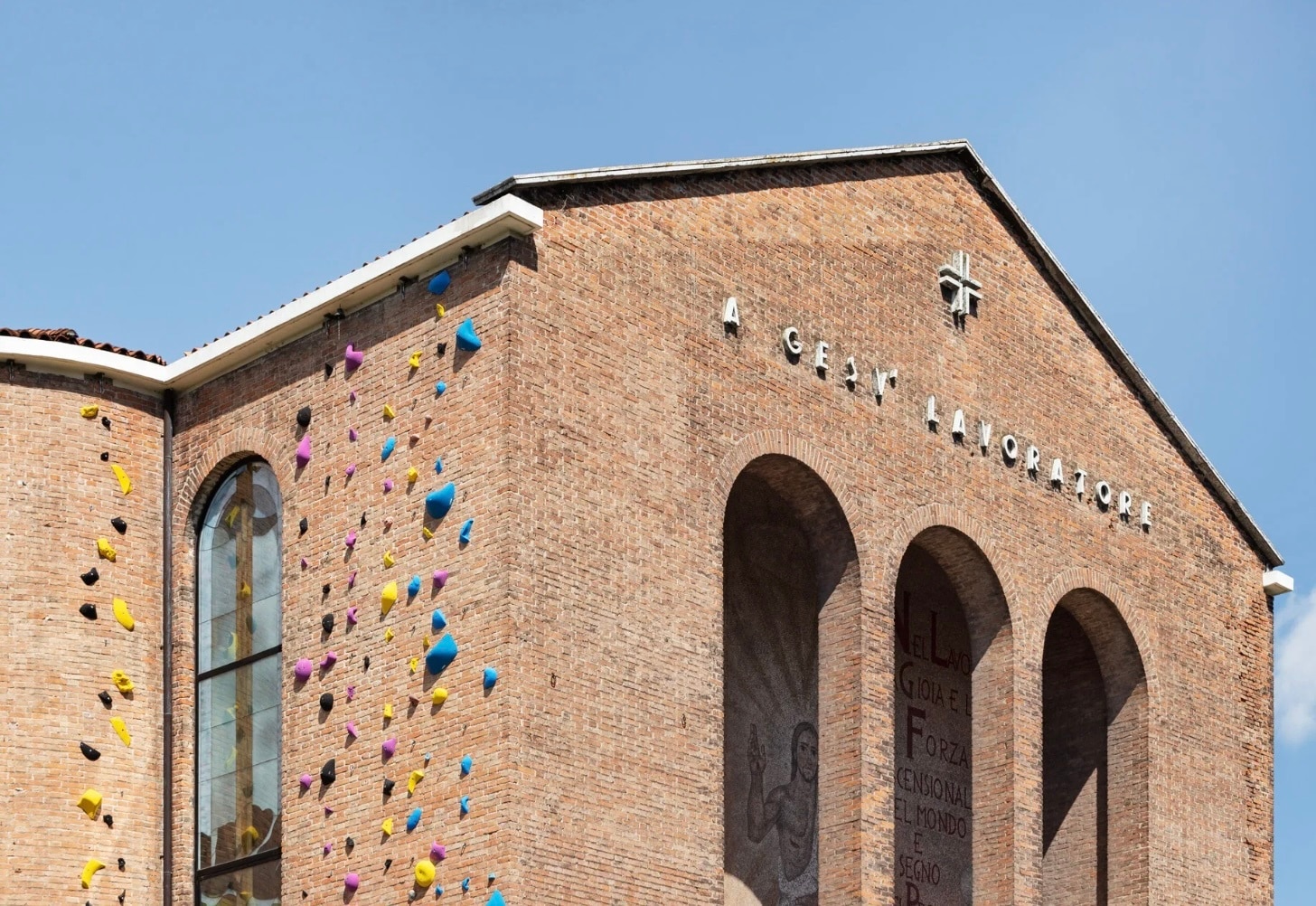
 View gallery
View gallery

Parasite 2.0, Brain Dead, Concrete Jungle
Via Don orione, Marghera, Venice
Credits DLS Studio, Melania Dalle Grave. Courtesy of Fosbury Architecture

Parasite 2.0, Brain Dead, Concrete Jungle
Via Don orione, Marghera, Venice
Credits DLS Studio, Melania Dalle Grave. Courtesy of Fosbury Architecture

Parasite 2.0, Brain Dead, Concrete Jungle
Via Don orione, Marghera, Venice
Credits DLS Studio, Melania Dalle Grave. Courtesy of Fosbury Architecture

Parasite 2.0, Brain Dead, Concrete Jungle
Via Don orione, Marghera, Venice
Credits DLS Studio, Melania Dalle Grave. Courtesy of Fosbury Architecture

Parasite 2.0, Brain Dead, Concrete Jungle
Via Don orione, Marghera, Venice
Credits DLS Studio, Melania Dalle Grave. Courtesy of Fosbury Architecture

Parasite 2.0, Brain Dead, Concrete Jungle
Via Don orione, Marghera, Venice
Credits DLS Studio, Melania Dalle Grave. Courtesy of Fosbury Architecture

Parasite 2.0, Brain Dead, Concrete Jungle
Via Don orione, Marghera, Venice
Credits DLS Studio, Melania Dalle Grave. Courtesy of Fosbury Architecture

Parasite 2.0, Brain Dead, Concrete Jungle
Via Don orione, Marghera, Venice
Credits DLS Studio, Melania Dalle Grave. Courtesy of Fosbury Architecture
Concrete Jungle is one of the projects featured in “Spaziale”, the Italian Pavilion at the 2023 Venice Biennale, curated by Fosbury Architecture, and was conceived to strengthen the living connection with the Venetian mainland. Exploring the relationship between nature and artificiality in urban space, Parasite 2.0 and Elia Fornari (Brain Dead) transformed the exterior of the Church of Gesù Divino Lavoratore in Marghera into a climbing wall. For over twenty years, a local association and a multicultural community have gathered there to share the values of sport. The project renewed the climbing holds, introduced new routes, and provided equipment used during the church’s annual patronal event. Initially presented at the Biennale as an installation, this structure made of industrial concrete has since become a permanent facility for children, promoting climbing as a tool for urban regeneration.
Gypsotheca Antonio Canova Museum
extension by Carlo Scarpa | Via Canova, Possagno, Treviso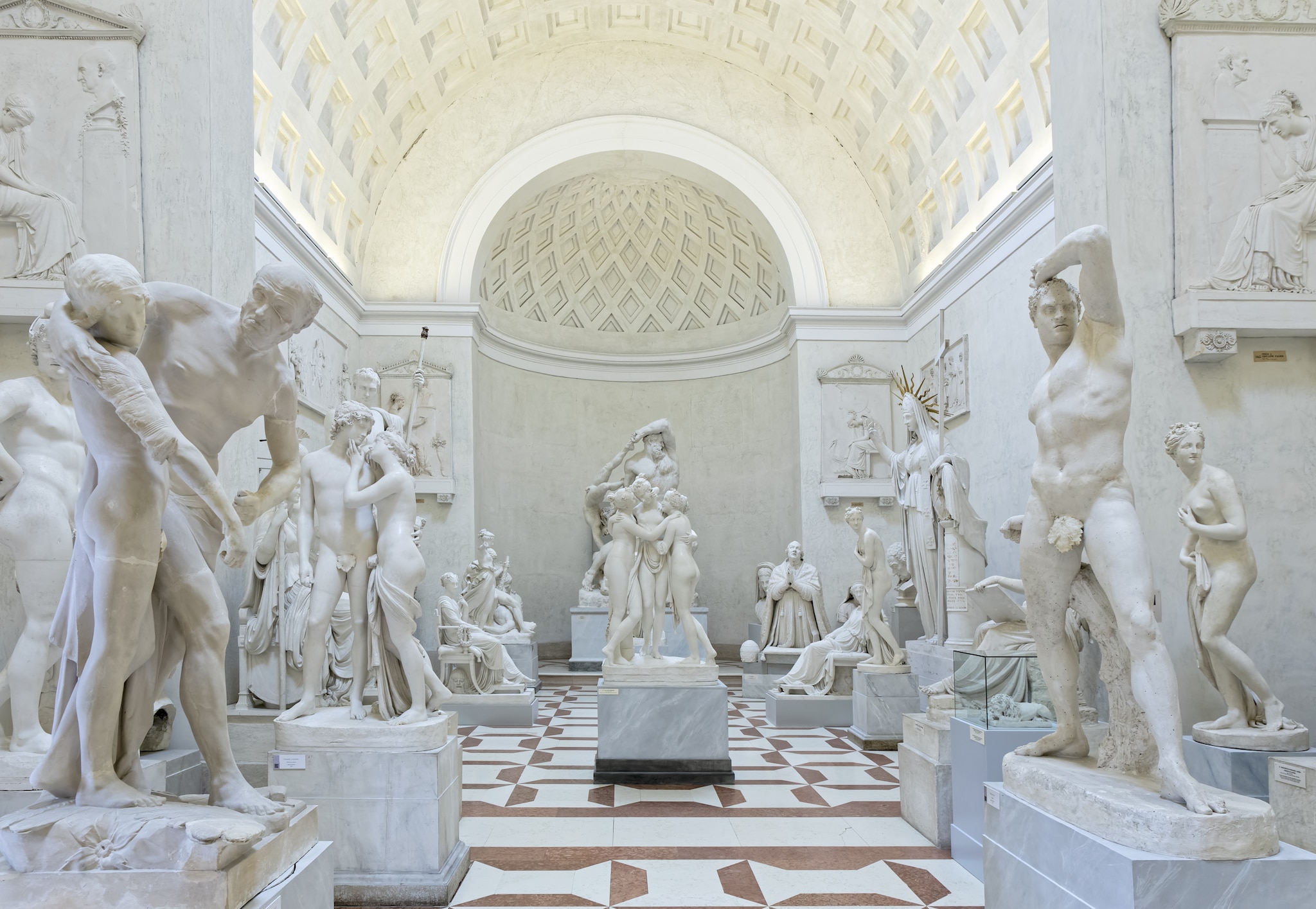
 View gallery
View gallery
Upon Antonio Canova’s death, his half-brother had the plaster casts of his works transferred from his Roman studio to Possagno, the sculptor and painter’s hometown, to which the Neoclassical master had already donated the famous circular Temple. The Gypsotheca, housing these models, was established in 1836 inside a neoclassical building designed by Francesco Lazzari. In 1957, for the bicentenary of Canova’s birth, a significant extension by Carlo Scarpa was inaugurated. All the hallmarks of Scarpa’s architectural language and thought are present in a design that interprets the site and the works’ character, translating it into two volumes: a vertically developed square block and a trapezoidal form sloping with the terrain. The corners of the former are deconstructed with glass openings, while the latter contrasts opaque and transparent surfaces in steel and glass. Metal, concrete, and stone alternate across all horizontal surfaces – from large Aurisina stone slabs forming a stepped floor, to iron dormeuses for reclining figures, and concrete bases for standing ones – creating a space dotted with plinths, shelves, and display cases.

 View gallery
View gallery
Fabrica is a research center on communication founded in 1993 from an idea by Luciano Benetton and Oliviero Toscani. The following year, Pritzker Prize-winning architect and 2021 Domus Guest Editor Tadao Ando was commissioned to transform the 17th-century Villa Pastega Manera into the home of this new concept. In addition to restoring the historic structure, the project centers on a partially underground, double-height elliptical plaza, an auditorium marked by a curved concrete wall in the main barchessa, and a glazed volume connecting the two wings. Two paths structure the space in a landscape that merges concrete and metal with historic architecture: one descends to the underground plaza, the other, lined with columns topped by truncated conical capitals, foreshadows the linear volume. A reflecting pool borders the entrance to the smaller barchessa, while underground exhibition spaces are naturally lit from above. Currently closed, Fabrica awaits the next chapter in its history.


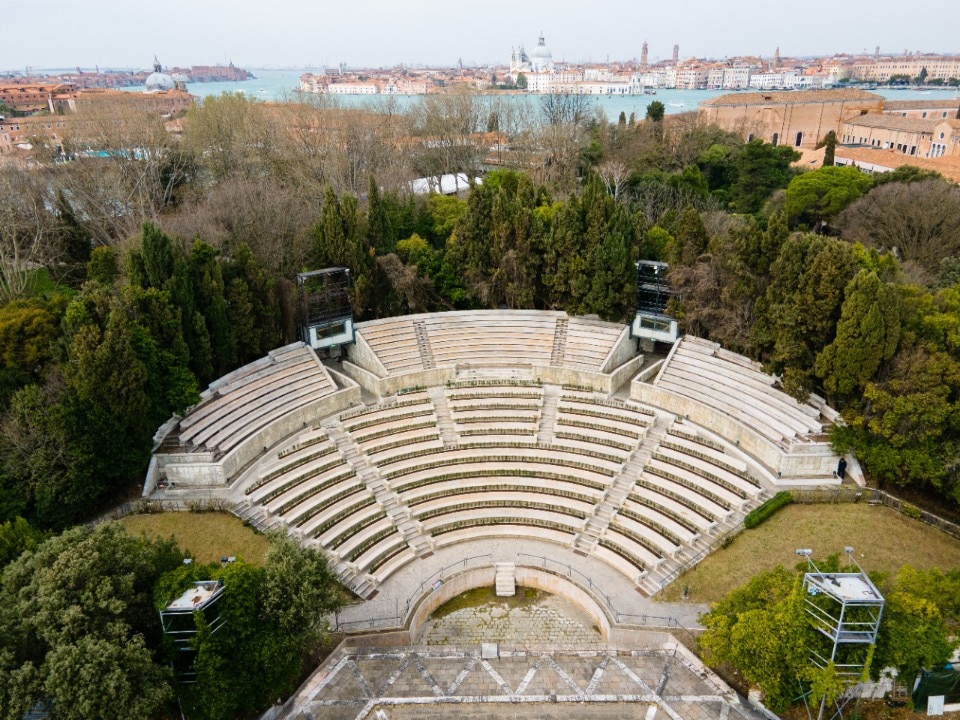
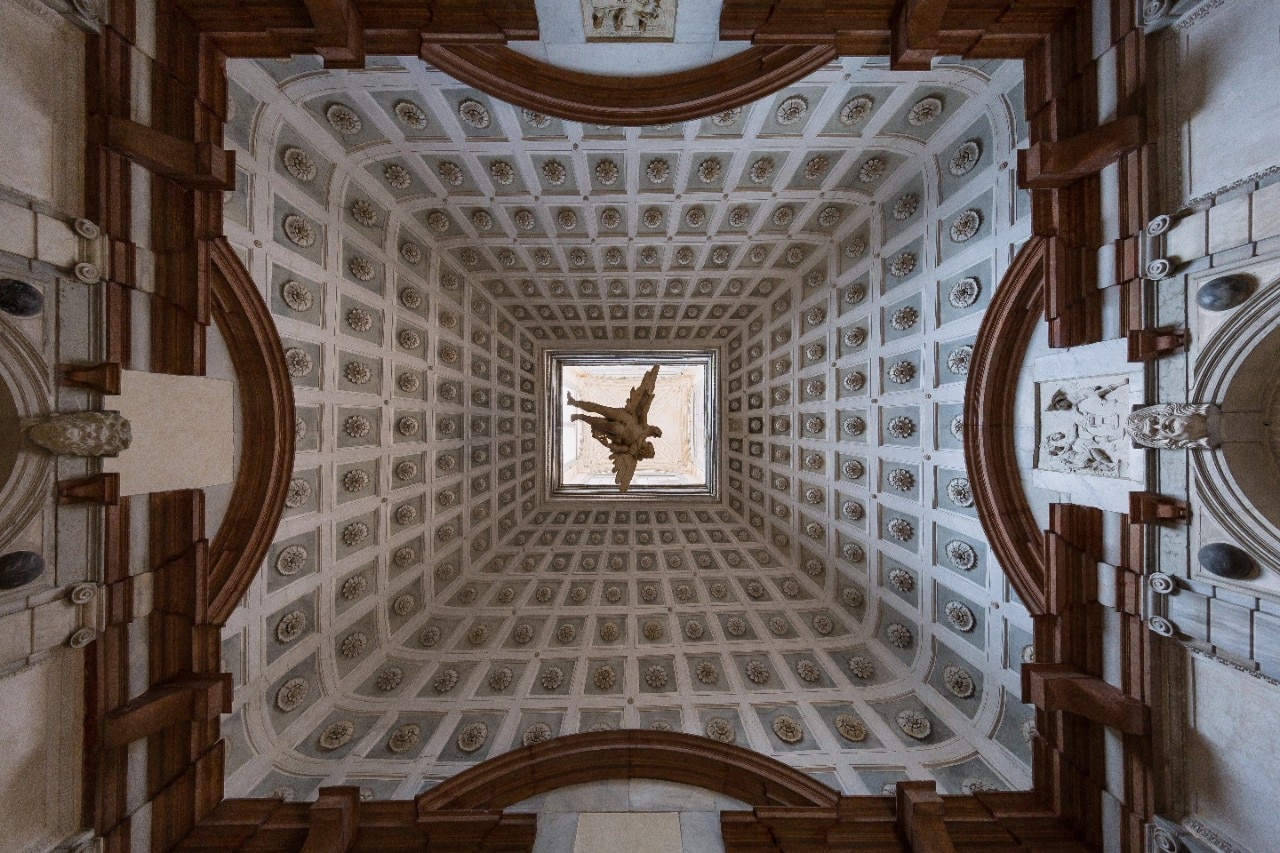
.jpeg.foto.rmedium.png)
.jpeg.foto.rmedium.png)
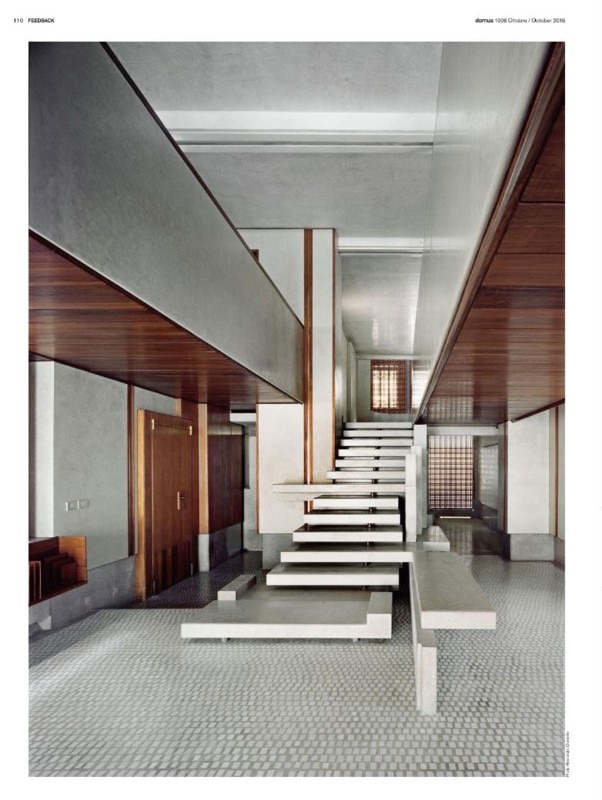
.jpeg.foto.rmedium.png)
.jpeg.foto.rmedium.png)
.jpeg.foto.rmedium.png)
.jpeg.foto.rmedium.png)
.jpeg.foto.rmedium.png)
.jpg.foto.rmedium.png)
.jpg.foto.rmedium.png)
.jpg.foto.rmedium.png)
.jpg.foto.rmedium.png)
.jpg.foto.rmedium.png)
.jpg.foto.rmedium.png)
.jpg.foto.rmedium.png)
.jpg.foto.rmedium.png)
.jpg.foto.rmedium.png)
.jpg.foto.rmedium.png)
.jpg.foto.rmedium.png)
.jpg.foto.rmedium.png)
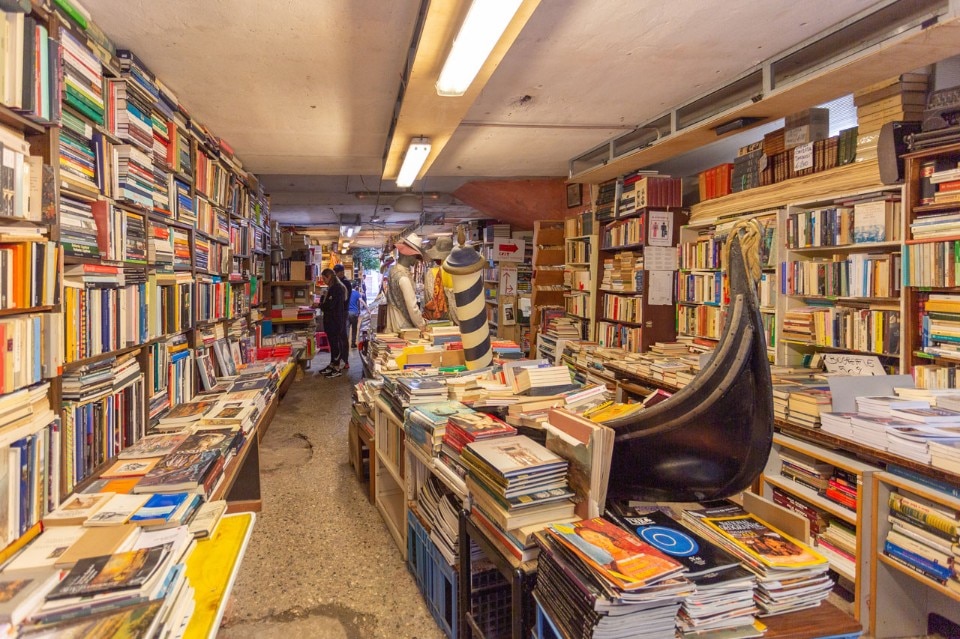
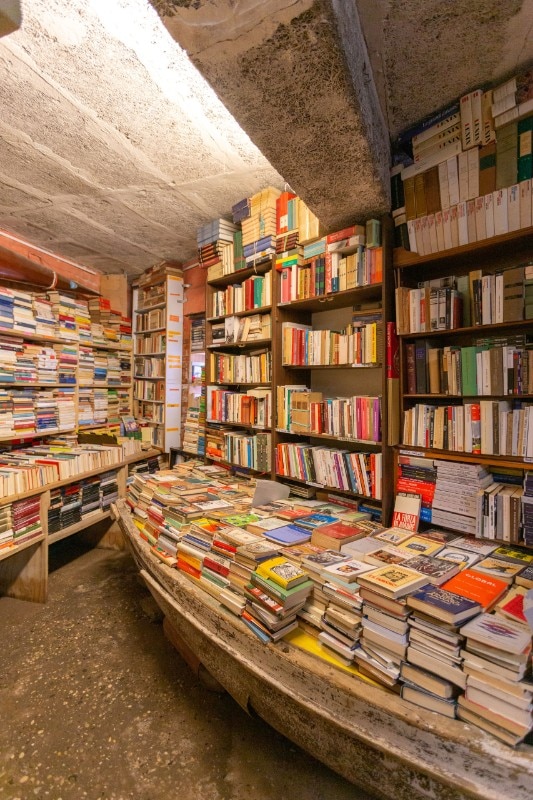
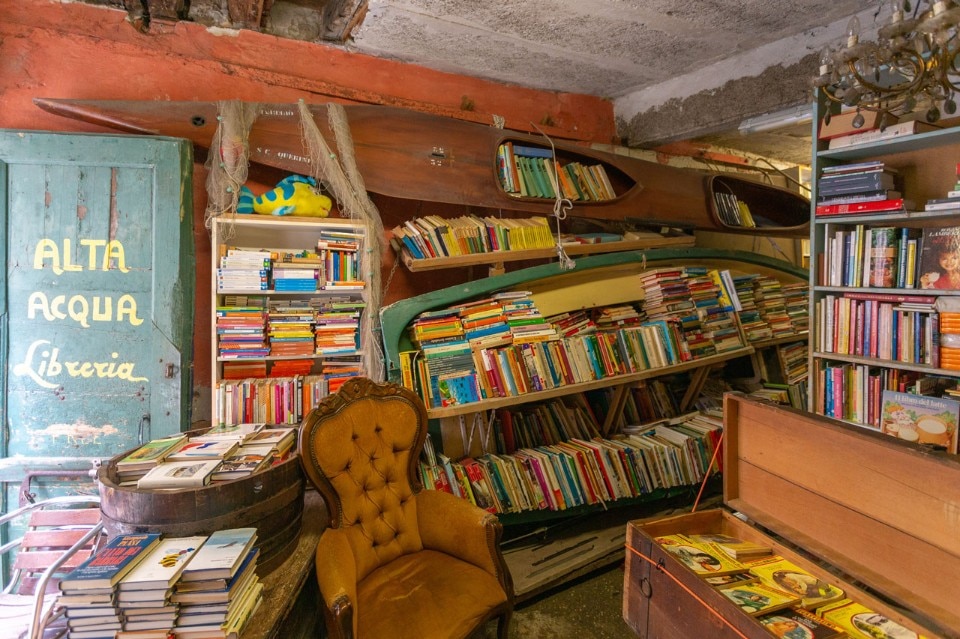
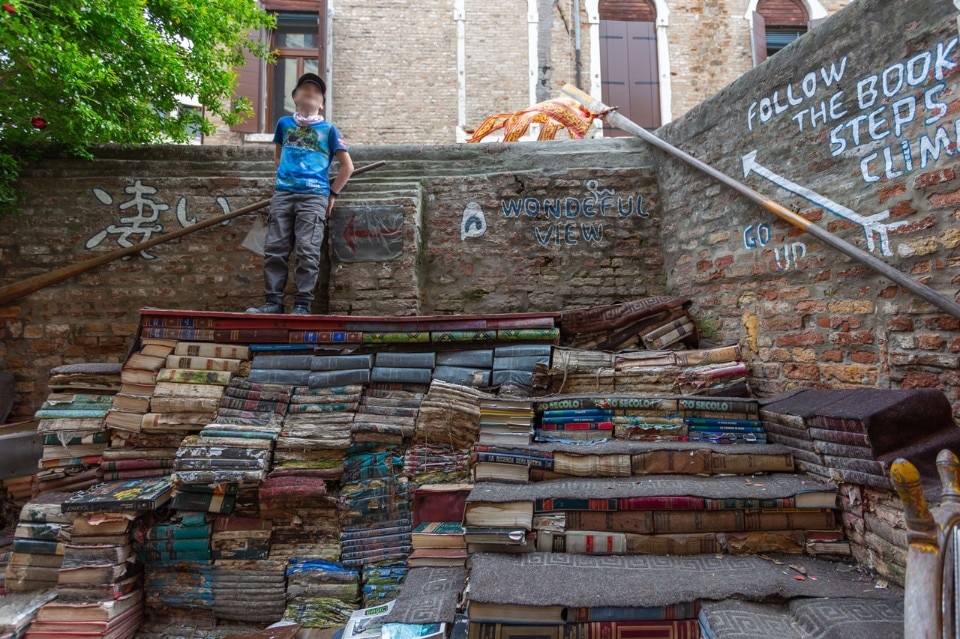
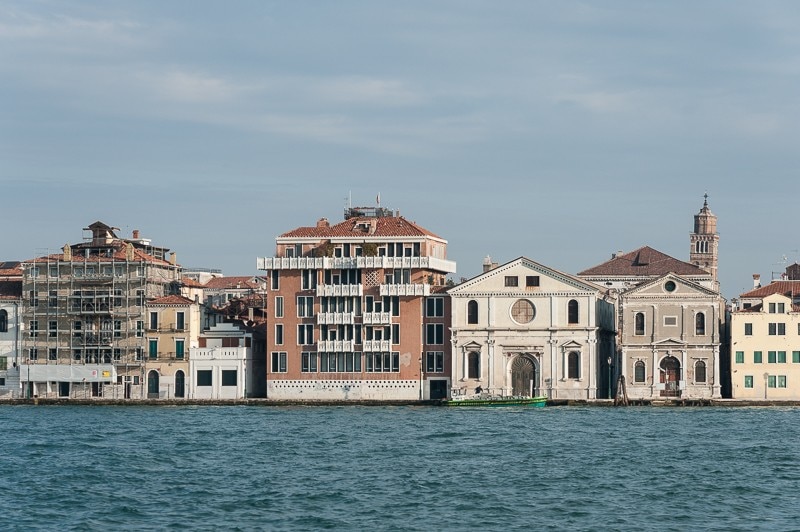
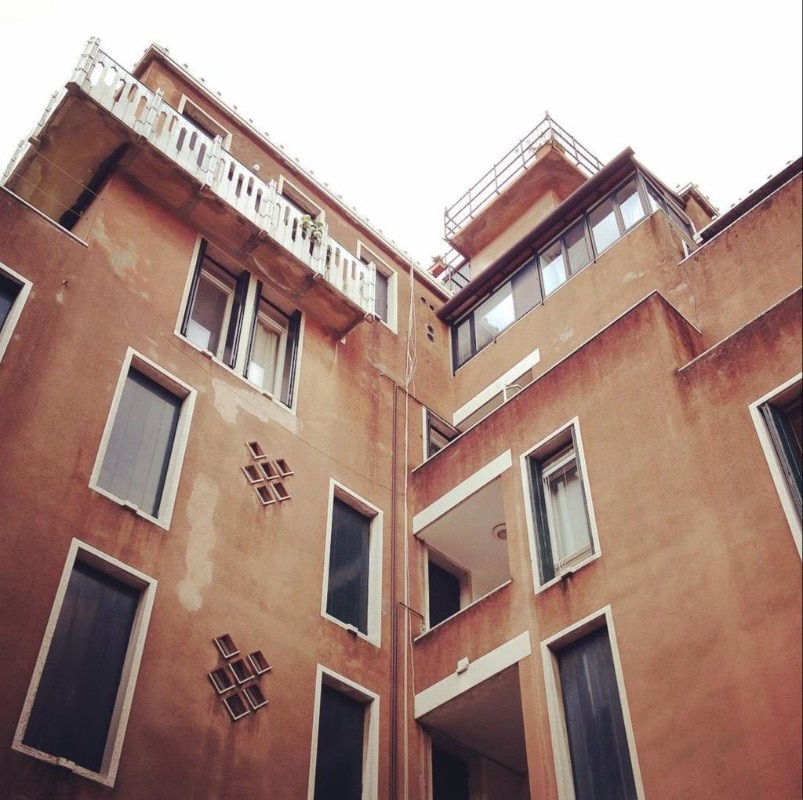
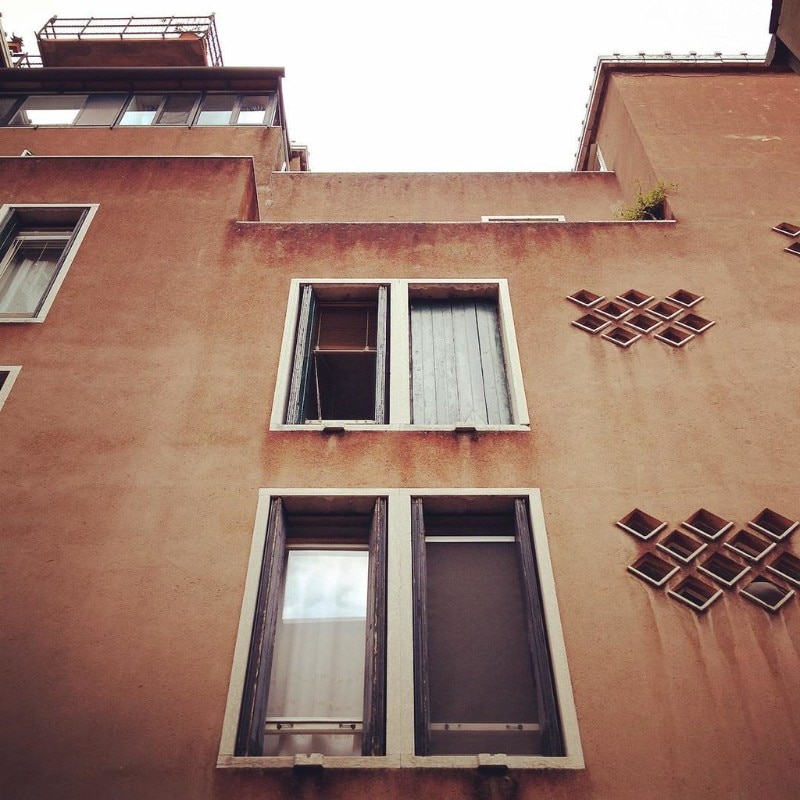
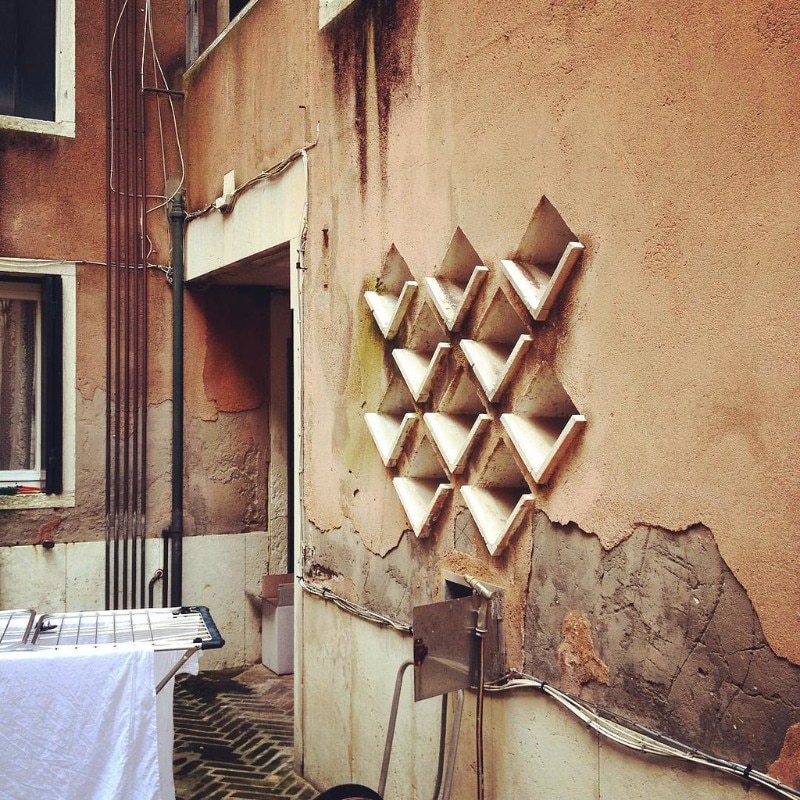
.jpeg.foto.rmedium.png)
.jpeg.foto.rmedium.png)
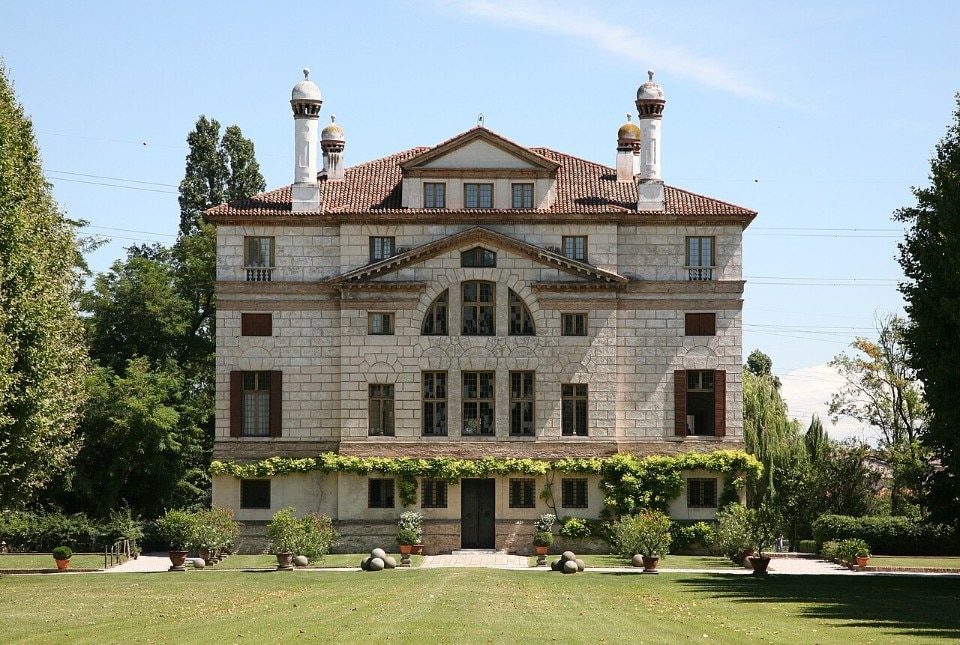
.jpg.foto.rmedium.png)
.jpg.foto.rmedium.png)
